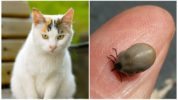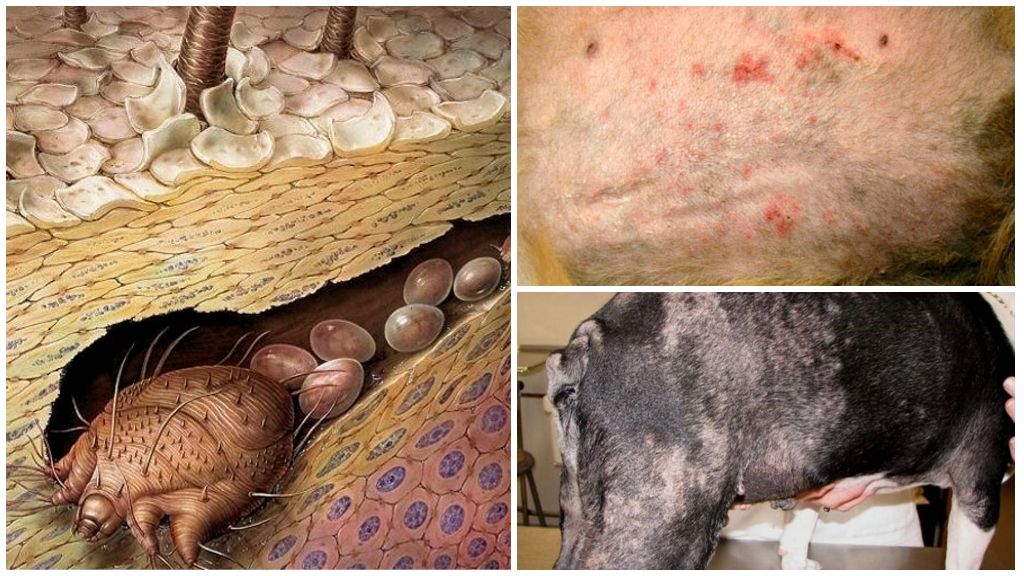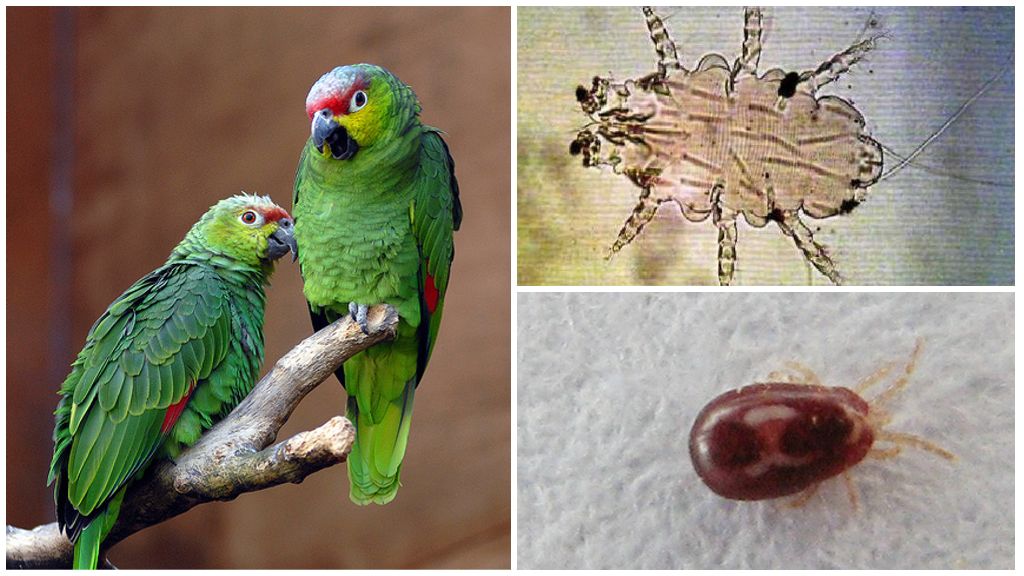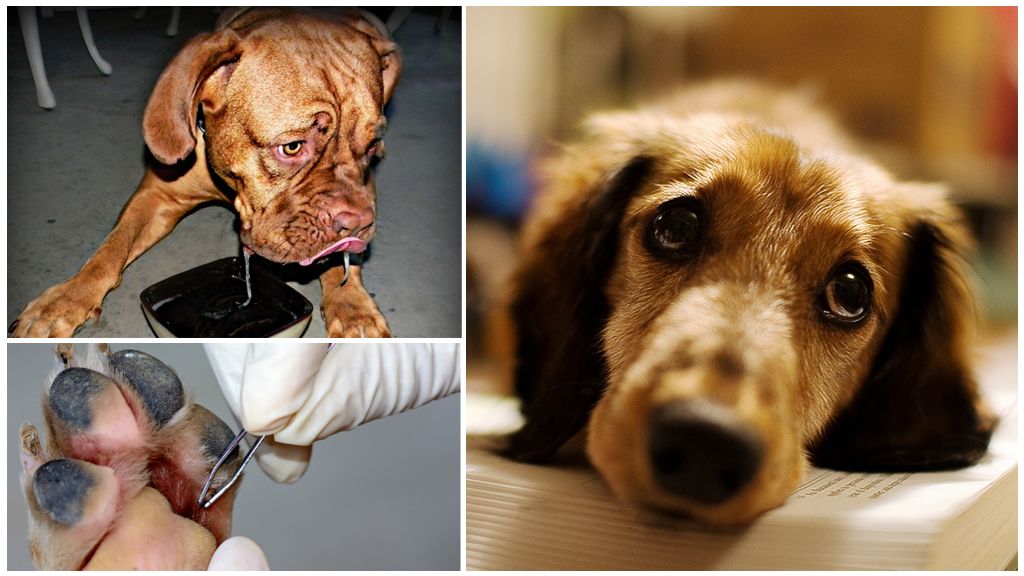- Tick
- Tick
- Tick
- Tick protection products
What to do if a cat is bitten by a tick, there is a certain algorithm of actions. In most cases, after removing the parasite, the wound heals within a week without special treatment. However, after the attack of the pest, a persistent allergic reaction can occur, which requires special therapy, and life-threatening diseases develop.
Are ticks dangerous for cats
Ixodid ticks are active from March to November, especially aggressive in the spring, in the fall. Dwell in forest litter, tall grass, shrubs, young trees at a level no higher than 1 m. They feed on blood. They sit in ambush for a long time, waiting for the victim. Do cat bites - very often. Easy prey is a pet walking on the grass. More often wild, domestic inhabitants suffer, but a well-groomed domestic cat risks catching a parasite.
Ixodid ticks are carriers of dangerous diseases:
- tularemia;
- viral encephalitis;
- hemorrhagic fever;
- pyroplasmosis (babeliosis);
- typhus;
- spread helminthic infestations.
Important!
The consequences of a tick bite in a cat can be very different - from slight reddening of the skin to death. Pests are equally dangerous for cats and dogs.
Non-hazardous effects on the body
In the absence of the virus in the blood of the parasite, infection with a dangerous pet disease does not occur. The wound after a bite heals within a week, without causing much concern. Once on the body of the animal, the pest assesses the situation for some time. Then it finds places with the thinnest skin, makes a small incision, digs into the skin, begins to drink blood.
The entire head remains under the skin. The oral apparatus is fixed in such a way that it is impossible to simply pull out the parasite. With a sharp movement, the head comes off. Externally sucked parasite looks like a growth of gray, brown color. As blood flows, the chitin cover increases. Tick size grows from 0.4 mm to 3 cm.
When a bite is injected, a special secret that dilutes the blood, anesthetizes. Initially, the sucking pest is not felt at all. However, the secretion entering the bloodstream, damage to the integrity of the skin causes a reaction of the immune system, which reacts with swelling, redness, itching. After removing the pest, treating the site of the bite with a disinfectant, the wound quickly tightens.
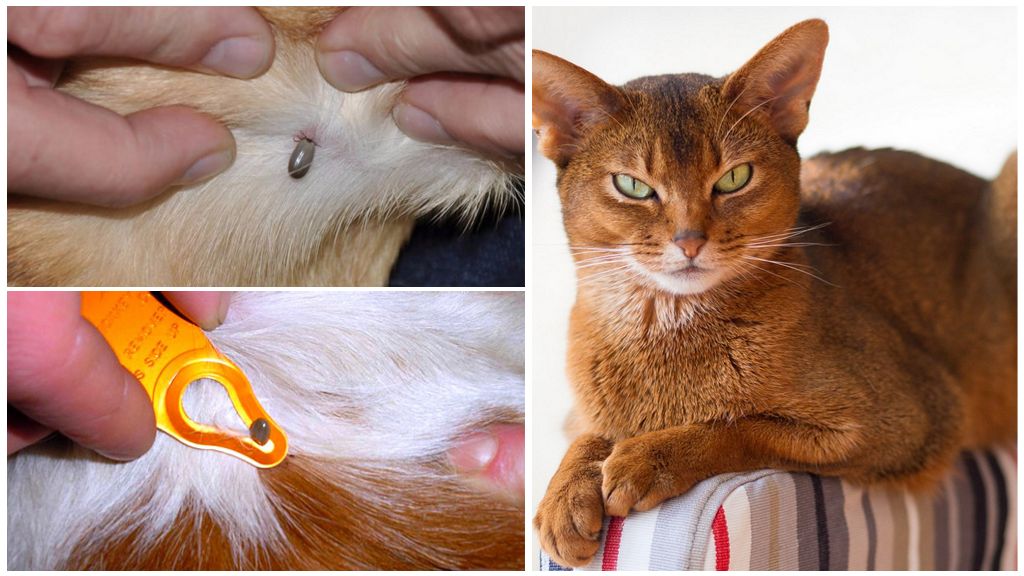
In a situation where a cat is bitten by a tick, severe allergies can develop. It is manifested by rashes on the skin, redness, swelling, itching. The situation is dangerous by the attachment of a secondary infection, which is introduced into the wounds during combs.
On a note!
At home, they treat the lesion sites with antiallergic ointments, give antihistamines inside - tablets, drops. With the right approach, the condition normalizes in a few days, there are no complications.
First aid for a bite
If a tick is stuck in a cat, it must be pulled out. Do not try to stretch the parasite with your fingers, since there is a risk of the head tearing off the body. Removing a tick from a cat carried out in a special way.
Pre-treat the skin near the bite of the pest with medical alcohol, any alcohol tincture. The substance weakens the muscles of the tick, promotes free extraction, and also prevents infection from entering the wound.
As a tool use special fixture, tweezers, forceps, syringethread. Additionally, a needle is required. All tools must be wiped with alcohol. Wear rubber gloves.
- Pick up the body with tweezers or forceps at the base, scroll clockwise or counterclockwise several times. The tick should be twisted, but not pulled out.
- In the absence of tweezers, use a thread. They put a loop on the body at the very base of the head, begin to twist.
- The part to which the needle is attached is cut from the syringe. The edges are smeared with petroleum jelly or vegetable oil. Positioned in such a way that the body remains inside. They pull the piston towards themselves. Under vacuum pressure, the parasite comes out.
Further treatment of a tick bite is carried out on the basis of general symptoms. Required sanitize a wound - poured with iodine, brilliant green. It is allowed to use drugs to reduce itching, eliminate local allergies - Fenistil gel, Balsam Zvezdochka, aloe vera juice.
On a note!
Experts recommend that after removal of the parasite, the cat is given an immunoglobulin injection to increase immunity. This measure allows you to mitigate the course of the disease if an infection or virus gets into the wound, but does not save you from the disease.
After removing the parasite, it is destroyed. You can get rid of the method of burning, pouring alcohol. But more correct send to the laboratory for analysisto ensure no infection. Only the whole body is to be analyzed; if the head comes off, such material will not be taken in the laboratory. A cotton swab dipped in water is placed in a jar, the body is laid, covered with a lid. Assign for analysis should be within 48 hours.
Symptoms of a tick bite in a cat

The pest is able to stay on the body of the animal from several hours to 10 days. Satiated, falls away to perform its further functions. A sexually mature female lays eggs, nymphs of different ages molt and move on to the next stage of their development.
After the pest disappears on its own, a red spot remains on the cat's body with a dot in the center - clotted blood. There is a slight swelling. The pet is constantly trying to scratch the sore spot. As a consequence, combs appear there. In the presence of a secondary infection, ulcers, suppuration develop. Healing is difficult, local antibiotics are required.
Dangerous effects
The most common diseases are pyroplasmosis, viral encephalitis. The incubation period lasts from 14 days to a month. The clinical picture is either pronounced or with mild symptoms, followed by a transition to a chronic form.
Pyroplasmosis
It is transmitted directly by bite. Infectious babesias are found in the salivary glands. Painful microorganisms enter the bloodstream, feed on red bodies, weakening the protective functions of the body, causing disruption of the internal organs. With the rapid course of the disease, the absence of adequate therapy, the cat can die from a tick bite in 10 days.
Symptoms
- vomiting
- diarrhea;
- impurities of blood in feces, urine;
- fever.
For treatment, antibiotics, antiviral drugs are prescribed, Immunoglobulin is administered. Symptomatic drugs are prescribed against vomiting, diarrhea, etc.
The more time passes after the first painful symptoms appear, the worse the condition of the animal. In the absence of therapy observed:
- weakening of the pulse;
- cramps
- paralysis;
- bowel atomy;
- severe toxicosis.
On a note!
Babel drugs have high toxicity, severe side effects, so they should be used only after tests for pyroplasmosisconfirming the diagnosis.In addition, droppers are prescribed to maintain the liver, kidneys, and heart. If the cat is sluggish, prescribe glucose.
Encephalitis
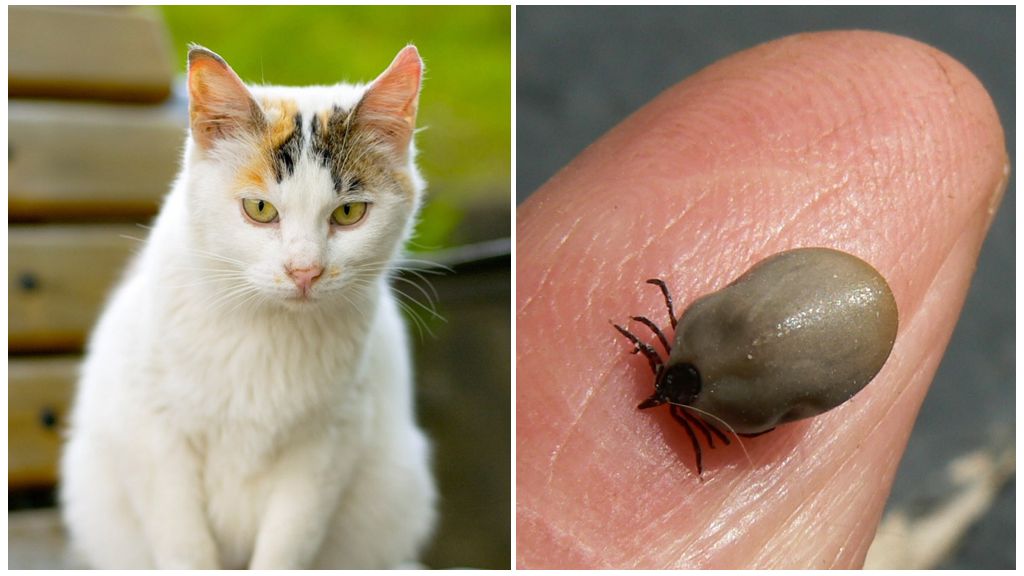
Symptoms of infection after a tick bite can occur after 10 days or several months. It all depends on the strength of immunity, the age of the cat, the individual characteristics of the body. A pet can get sick from a tick bite under certain circumstances - when the blood of the parasite enters the wound of the animal. This can happen if the tick is removed incorrectly, the head is torn off if the body bursts.
Important!
Externally Tick-borne Encephalitis no different from the usual. A blood test done earlier than 14 days will not allow you to get reliable information. The only way to find out whether an infected parasite or not, take it to the laboratory for analysis. When confirming suspicions, the cat is provided with emergency therapy - a vaccine, antiviral drugs, Immunoglobulin.
Symptoms of encephalitis in cats are associated with impaired functioning of the central nervous system, intoxication.
- impaired coordination, "drunken gait";
- lack of appetite;
- cramps
- vomiting
- diarrhea;
- weakness;
- swelling of the neck;
- intense headache.
The disease has several stages of development. After the first symptoms, temporary relief may occur without special therapy, but the next exacerbation is more difficult for the pet to tolerate. In the process, the functioning of the liver, brain, spinal cord is disrupted. As a result, the animal becomes disabled or dies.
There are no special drugs for tick-borne encephalitis, the treatment is symptomatic, depending on the form of the disease, the clinical picture. Be sure to prescribe antiviral drugs, anti-inflammatory from the group of glucocorticosteroids, bacterial infection is treated with antibiotics.
Prevention
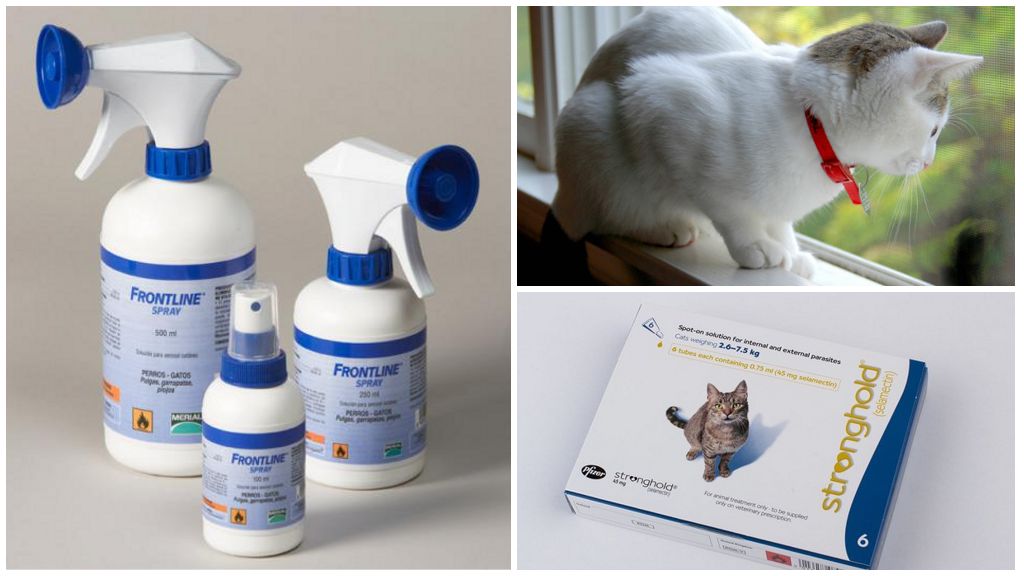
Whether cats get sick from a tick bite is an affirmative answer. In addition to the above diseases, there are many more equally dangerous, difficult to diagnose. Therefore, you need to take preventive measures seriously.
Ticks do not bite cats when treating wool, skin with preparations with a contact, repelling effect. The death of the parasite occurs after a few minutes of being on the cat's hair. Cat tick remedies are made in the form drops, collarssprays.
Effective remedies:
- Leopard;
- Stronghold;
- Hearts;
- Rolf Club;
- Bolfo;
- Front line;
- Dana ultra;
- Beafar.
The action of ticks lasts from 14 days to several months. Information is indicated in the instructions for the drug. After walking in nature, you should inspect the body of the animal, remove existing ticks that have time to stick, can be harmful.
The bite affects not only the condition of the skin, well-being, but also further life. The choice of protection method should be taken seriously. Both an adult and a kitten can become infected. Little cats are practically unable to tolerate the disease, they die. It is necessary to process the pet’s first time in March. A person is fully responsible for the life of his pet.


